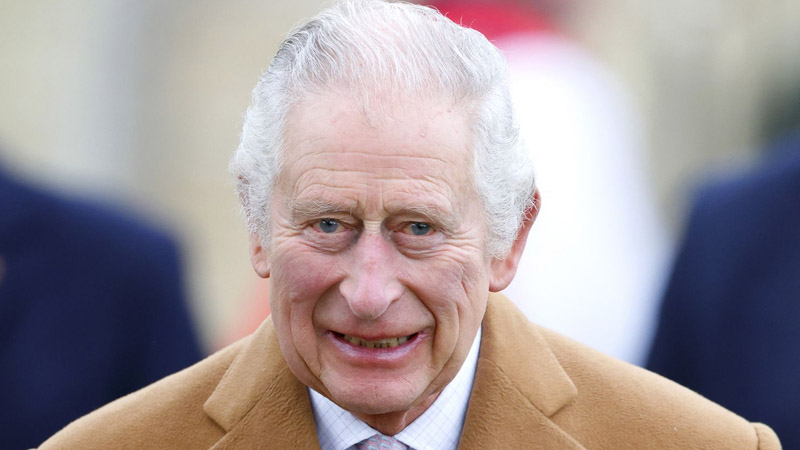King Charles, who is expected to reign for a shorter period than his predecessor, Queen Elizabeth II, has limited time to leave his mark on the monarchy. However, royal experts suggest that he could make a significant impact by acknowledging and apologizing for the monarchy’s racist past.
The monarchy’s involvement in Britain’s slave trade is a dark chapter in history that has been largely ignored by the royal family. Britain transported an estimated 3.1 million enslaved African people, only 2.7 million of whom are said to have survived, to its colonies in the Caribbean, North, and South America, and other countries between the 16th century and 1807. Many British monarchs sponsored, supported, or profited from this trade, according to another Guardian report
While Charles has expressed his public support for a research project investigating the monarchy’s links to slavery, experts argue that this isn’t enough. They suggest that Charles should fully acknowledge and apologize for the monarchy’s role in slavery, and listen to people in communities affected by racism.
Royal commentator Kristen Meinzer recommends that Charles offer a direct public apology instead of just expressing sorrow over the past. Charles has previously addressed the issue in speeches during visits to Ghana and at the Commonwealth Heads of Government Meeting in Rwanda, but experts suggest that he needs to go further and address the specific role the monarchy played in slavery and colonialism, according to Sky News
The royal family has faced recent allegations of racism, including claims by Prince Harry and Meghan Markle that a senior member of the family made racist remarks about their son. Lady Susan Hussey, a lady-in-waiting to Camilla, resigned after being accused of asking a charity founder where she “really came from” at an event at Buckingham Palace, The Guardian reported at the time
Charles has an opportunity to make a lasting impression on the monarchy by taking responsibility for its past and committing to a more inclusive future, according to The Art Newspaper



